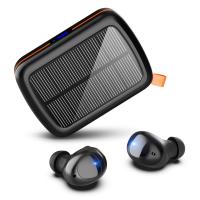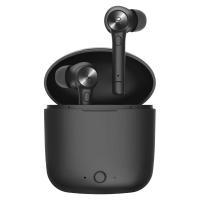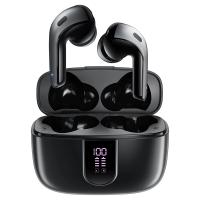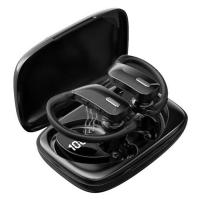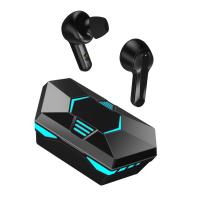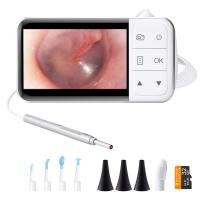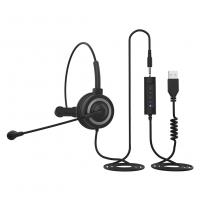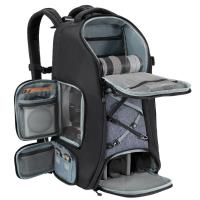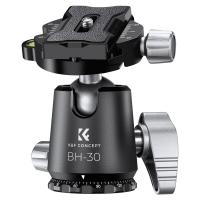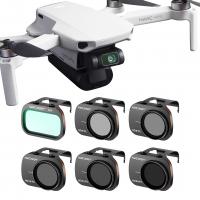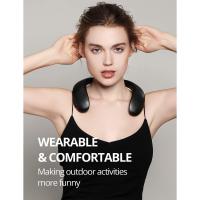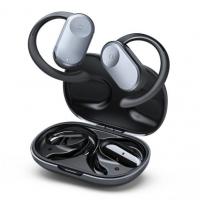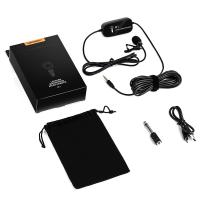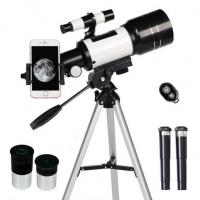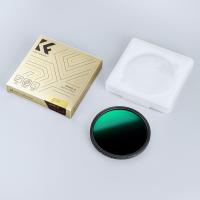Which Ear Is Best For Earphones?
When it comes to using earphones, many people wonder which ear is best for optimal sound quality and comfort. This question might seem simple, but it actually encompasses a variety of factors including individual ear anatomy, hearing ability, and personal preferences. In this article, we will delve into the different aspects that influence the choice of ear for earphones, providing a comprehensive guide to help you make an informed decision.
Understanding Ear Anatomy and Hearing Ability

The human ear is a complex organ, and each person's ears are unique in terms of shape, size, and hearing ability. Generally, there is no significant difference in the hearing capabilities of the left and right ears for most people. However, some individuals may have a dominant ear, similar to how people have a dominant hand. This dominant ear might be more sensitive to sound or might provide a better auditory experience.
Dominant Ear
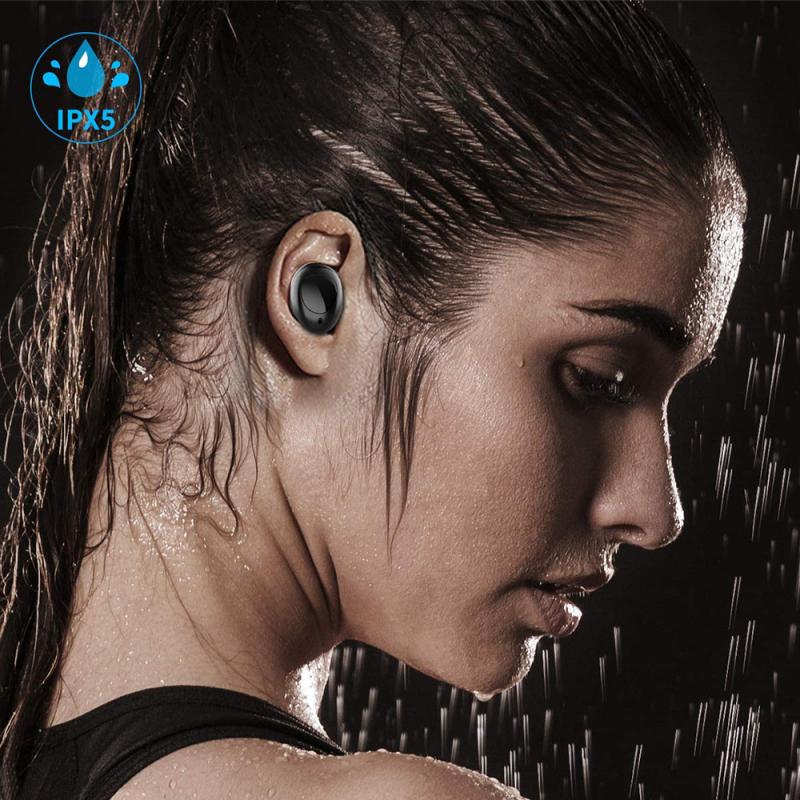
The concept of a dominant ear is similar to that of a dominant hand. For most people, the right ear is the dominant one, which means it might be more attuned to processing speech and other sounds. This is because the right ear is typically connected to the left hemisphere of the brain, which is responsible for language processing. However, this is not a hard and fast rule, and some people might have a dominant left ear.
Hearing Tests
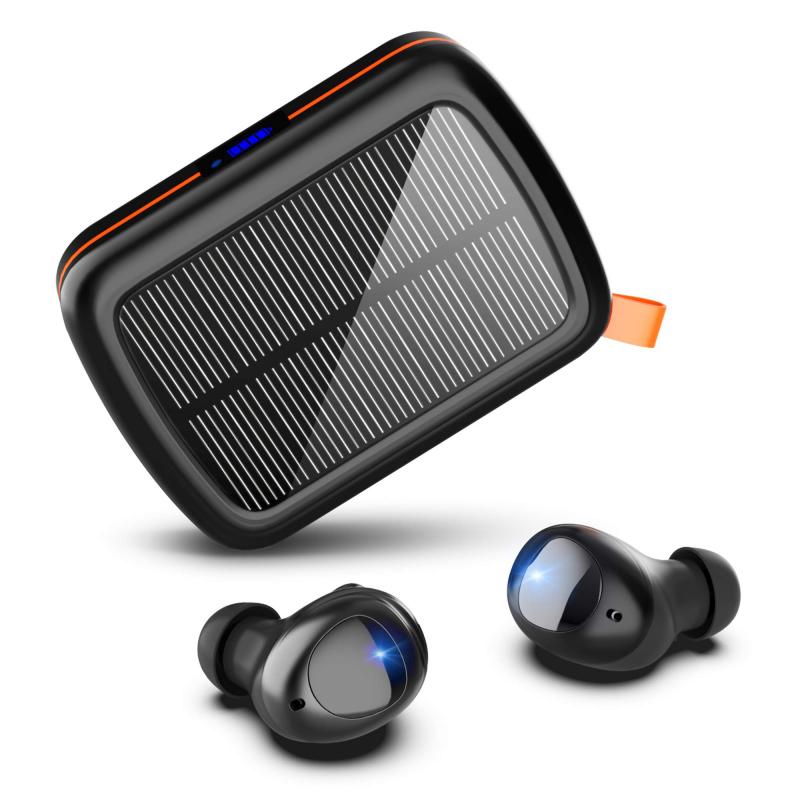
If you are unsure about which ear is better for earphones, you might consider undergoing a hearing test. Audiologists can perform tests to determine if there is a significant difference in hearing ability between your ears. This can be particularly useful if you suspect that one ear might be better suited for listening to music or other audio content.
Comfort and Fit
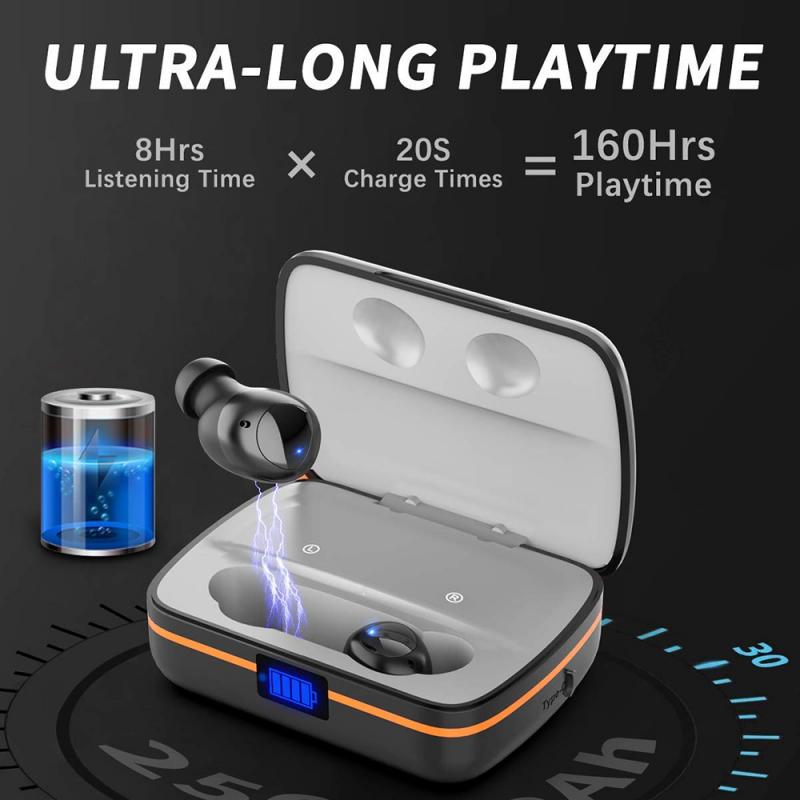
Comfort is a crucial factor when it comes to using earphones. The shape and size of your ear canal can significantly impact how well an earphone fits and how comfortable it feels over extended periods. Ill-fitting earphones can cause discomfort, pain, and even long-term damage to your ears.
Custom Ear Molds
For those who struggle with finding comfortable earphones, custom ear molds might be a viable solution. These are earphones that are specifically designed to fit the unique shape of your ear canal. Custom ear molds can provide a more secure fit, better sound isolation, and improved comfort.
Earphone Types
There are various types of earphones, including in-ear monitors (IEMs), earbuds, and over-ear headphones. Each type has its own set of advantages and disadvantages when it comes to comfort and fit. In-ear monitors, for example, provide excellent sound isolation but might not be comfortable for everyone. On the other hand, over-ear headphones are generally more comfortable but might not be as portable.
Sound Quality
Sound quality is another important consideration when choosing which ear to use for earphones. While most modern earphones are designed to provide balanced sound in both ears, individual preferences and hearing abilities can influence perceived sound quality.
Stereo Sound
Most audio content is produced in stereo, meaning that different sounds are directed to the left and right ears. This creates a more immersive listening experience. If one ear is significantly better at perceiving sound, you might miss out on some of the nuances of stereo sound. Therefore, it is generally recommended to use both ears for the best audio experience.
Mono Sound
In some cases, you might prefer to listen to audio in mono, where the same sound is directed to both ears. This can be useful if you have a significant hearing difference between your ears or if you are in an environment where you need to be aware of your surroundings. Many modern devices allow you to switch between stereo and mono sound settings.
Practical Tips for Choosing the Best Ear
Here are some practical tips to help you determine which ear is best for using earphones:
1. Experiment with Both Ears: Try using earphones in both ears and see which one feels more comfortable and provides better sound quality. You might find that one ear is naturally better suited for earphones.
2. Consider Your Environment: If you are in a noisy environment, you might prefer to use the ear that provides better sound isolation. Conversely, if you need to be aware of your surroundings, you might choose the ear that allows you to hear ambient sounds more clearly.
3. Use Custom Ear Molds: If you have difficulty finding comfortable earphones, consider investing in custom ear molds. These can provide a better fit and improved sound quality.
4. Consult an Audiologist: If you have concerns about your hearing ability or if you suspect that one ear is significantly better than the other, consult an audiologist. They can perform tests to determine your hearing capabilities and provide personalized recommendations.
5. Switch Between Ears: To prevent discomfort and potential hearing damage, consider switching between ears periodically. This can help distribute the pressure and reduce the risk of long-term damage.
In conclusion, there is no definitive answer to the question of which ear is best for earphones. The choice depends on a variety of factors, including individual ear anatomy, hearing ability, comfort, and personal preferences. By understanding these factors and experimenting with different options, you can find the best solution for your needs. Whether you choose to use custom ear molds, consult an audiologist, or simply switch between ears, the key is to prioritize comfort and sound quality to enhance your listening experience.


